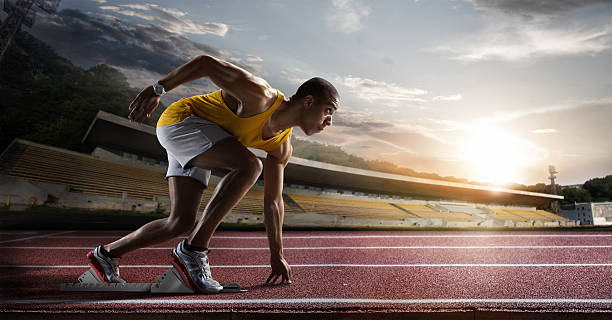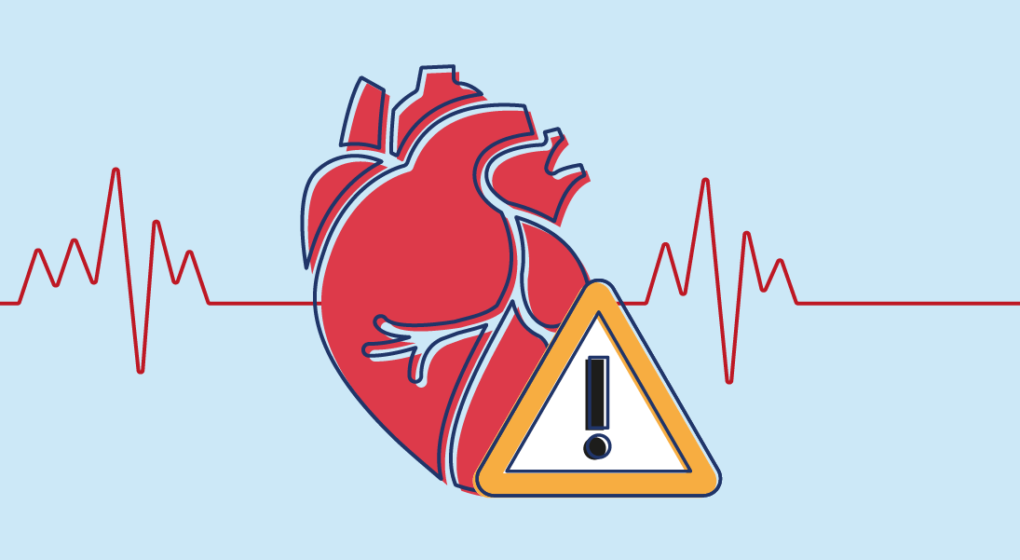Sports injury massage therapy has emerged as a cornerstone of athlete care, playing a pivotal role in enhancing performance, preventing injuries, and expediting recovery. This specialized form of massage targets the unique needs of athletes, addressing muscular imbalances, promoting flexibility, and alleviating pain associated with sports-related injuries.
In this comprehensive guide, we explore the myriad benefits of sports injury massage and its integral role in restoring athletic performance.
Understanding Sports Injury Massage
What is a Sports Injury Massage?
Sports injury massage, also known as sports massage therapy, is a specialized form of massage therapy tailored to the needs of athletes and active individuals. Unlike traditional massage techniques, which primarily focus on relaxation and stress relief, sports injury massage targets specific muscles, tendons, and soft tissues affected by athletic activity.
By employing a combination of deep tissue manipulation, stretching, and targeted pressure techniques, sports injury massage aims to alleviate pain, reduce inflammation, and promote faster recovery from sports-related injuries.
The Goals of Sports Injury Massage
The primary goals of sports injury massage are twofold: to prevent injuries and to facilitate recovery from existing injuries. By addressing muscular imbalances, improving flexibility, and enhancing circulation, sports injury massage helps athletes optimize their physical performance and minimize the risk of injury during training and competition.
Additionally, for athletes recovering from sports-related injuries, sports injury massage can expedite the healing process, reduce scar tissue formation, and restore optimal function to injured muscles and soft tissues.
Different Types of Sports Injury Massage
Sports injury massage encompasses a variety of techniques and modalities tailored to the specific needs and preferences of athletes. Some common types of sports injury massage include:
-
Deep Tissue Massage: Targets deeper layers of muscles and connective tissues to release chronic tension and adhesions.
-
Trigger Point Therapy: Focuses on identifying and releasing trigger points, or localized areas of muscle tightness and pain.
-
Myofascial Release: Addresses restrictions in the fascia, the connective tissue surrounding muscles, to improve flexibility and range of motion.
-
Active Release Technique (ART): Combines movement with deep pressure to release muscle adhesions and restore proper function.
-
Proprioceptive Neuromuscular Facilitation (PNF) Stretching: Incorporates passive stretching and muscle contractions to improve flexibility and range of motion.
The Benefits of Sports Injury Massage
Enhances Athletic Performance
One of the primary benefits of sports injury massage is its ability to enhance athletic performance. By targeting specific muscle groups used during sports activities, sports injury massage helps athletes improve flexibility, range of motion, and overall mobility.
This increased flexibility allows athletes to move more efficiently and effectively, reducing the risk of strain, sprains, and other injuries during training and competition. Additionally, sports injury massage can help athletes recover more quickly from intense workouts, allowing them to train at higher intensities and achieve peak performance.
Prevents Sports-Related Injuries
In addition to enhancing performance, sports injury massage plays a crucial role in injury prevention. Regular massage therapy sessions can help athletes identify and address muscular imbalances, tightness, and areas of weakness that may predispose them to injury.
By promoting proper alignment, muscle balance, and biomechanics, sports injury massage helps athletes maintain optimal physical condition and reduce the risk of overuse injuries, such as tendonitis, stress fractures, and muscle strains. This proactive approach to injury prevention allows athletes to stay healthy, active, and injury-free throughout their training and competitive seasons.
Facilitates Recovery from Sports Injuries
For athletes recovering from sports-related injuries, sports injury massage can be an invaluable tool in the rehabilitation process. Massage therapy helps reduce inflammation, alleviate pain, and promote circulation to injured tissues, facilitating faster healing and recovery.
By targeting scar tissue and adhesions that may form during the healing process, sports injury massage helps restore optimal function to injured muscles and soft tissues, allowing athletes to return to activity sooner and with reduced risk of reinjury. Additionally, sports injury massage can help athletes manage pain and discomfort associated with injuries, improving their overall quality of life during the recovery process.
Alleviates Muscle Soreness and Fatigue
Intense physical activity, such as training and competition, can often lead to muscle soreness, fatigue, and stiffness. Sports injury massage can help alleviate these symptoms by promoting circulation, flushing out metabolic waste products, and reducing muscle tension.
By targeting specific muscle groups affected by exercise, sports injury massage helps athletes recover more quickly from workouts and minimize the discomfort associated with delayed-onset muscle soreness (DOMS). This allows athletes to maintain consistent training schedules and perform at their best without being hindered by muscle fatigue or discomfort.
Integrating Sports Injury Massage into Training Regimens
Pre-Event Massage
Pre-event massage is typically performed shortly before a training session or competition and focuses on warming up the muscles, increasing circulation, and preparing the body for physical activity.
Pre-event massage techniques are typically brisk and invigorating, incorporating techniques such as effleurage (light stroking), petrissage (kneading), and tapotement (rhythmic tapping) to stimulate blood flow and loosen tight muscles. Pre-event massage can help athletes mentally and physically prepare for competition, optimize performance, and reduce the risk of injury.
Post-Event Massage
Post-event massage is performed after a training session or competition and focuses on aiding recovery, reducing muscle soreness, and promoting relaxation. Post-event massage techniques are typically slower and more soothing, incorporating techniques such as compression, stretching, and gentle kneading to release tension and restore muscle function.
Post-event massage can help athletes recover more quickly from intense physical exertion, reduce inflammation, and minimize the risk of delayed-onset muscle soreness (DOMS) following competition or training.
Maintenance Massage
Maintenance massage involves regular, ongoing massage therapy sessions designed to address muscular imbalances, prevent injuries, and promote overall well-being.
Maintenance massage sessions are tailored to the individual needs of the athlete and may include a combination of techniques such as deep tissue massage, myofascial release, and trigger point therapy. Maintenance massage helps athletes maintain optimal physical condition, reduce the risk of overuse injuries, and support long-term athletic performance and longevity.
Conclusion
Sports injury massage therapy offers a wide range of benefits for athletes seeking to enhance performance, prevent injuries, and expedite recovery from sports-related injuries. By targeting specific muscle groups, promoting circulation, and reducing tension, sports injury massage helps athletes optimize their physical condition, reduce the risk of injury, and perform at their best.
Whether used as a pre-event warm-up, a post-event recovery tool, or as part of a maintenance regimen, sports injury massage plays an integral role in supporting athletic performance and overall well-being. With its proven benefits and versatility, sports injury massage continues to be a valuable asset for athletes of all levels striving to achieve their fitness and performance goals.



